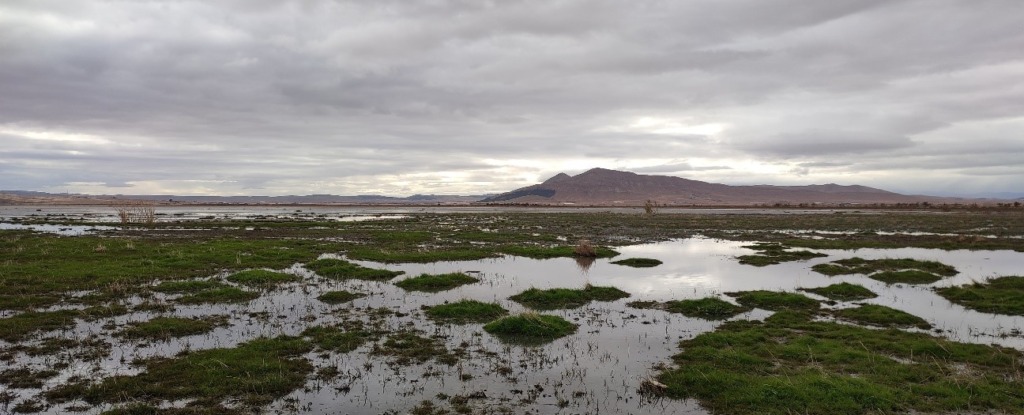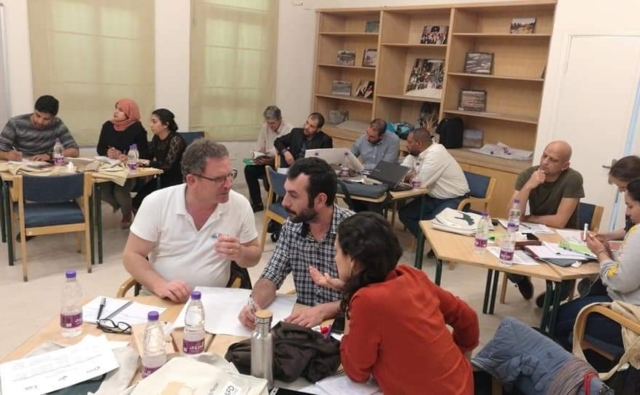
The DPSIR framework (« Driver – Pressure – State – Impact – Response »)[1], introduced in the 1990s to assess and manage ecosystems, and adopted by the “Observatoire des Zones Humides Méditerranéennes (OZHM)” since 2008, has recently been applied to the Sebkhates des Aurès wetland complex in north-eastern Algeria.
This analysis model has been used to create a regional wetlands observatory, providing a better understanding of the state of these ecosystems in this region, the pressures they face, and the services they provide to society.
The DPSIR approach has made it possible to identify a series of relevant indicators to guide political decisions towards better protection and more effective conservation of wetlands. As an analytical tool, it can not only guide the development of sustainable wetland management policies, but also serve as a model for the development of a national observatory on a national scale.
[1] analysis model proposed by the European Environment Agency. It is based on the distinction, on the one hand, between actors and the pressures generated by the activities of these actors and, on the other hand, changes in the state of the environment and impacts on people. It enables an integrated understanding of phenomena, whether they relate to several environmental compartments (water, air, waste, for example) or several political sectors.
Référence de la publication
Benzina I., Bachir A.S., Arar A., Guelmami A., Perennou C. 2024. Using DPSIR framework for the implementation of wetlands observatory: case study Sebkhates of Aures wetlands complex (Northerneast, Algeria). Present environment and sustainable development 18. https://www.pesd.ro/18.1.2024/pesd2024181021.html
Contact
Anis Guelmami, Project manager – OZMH coordinator at Tour du Valat



